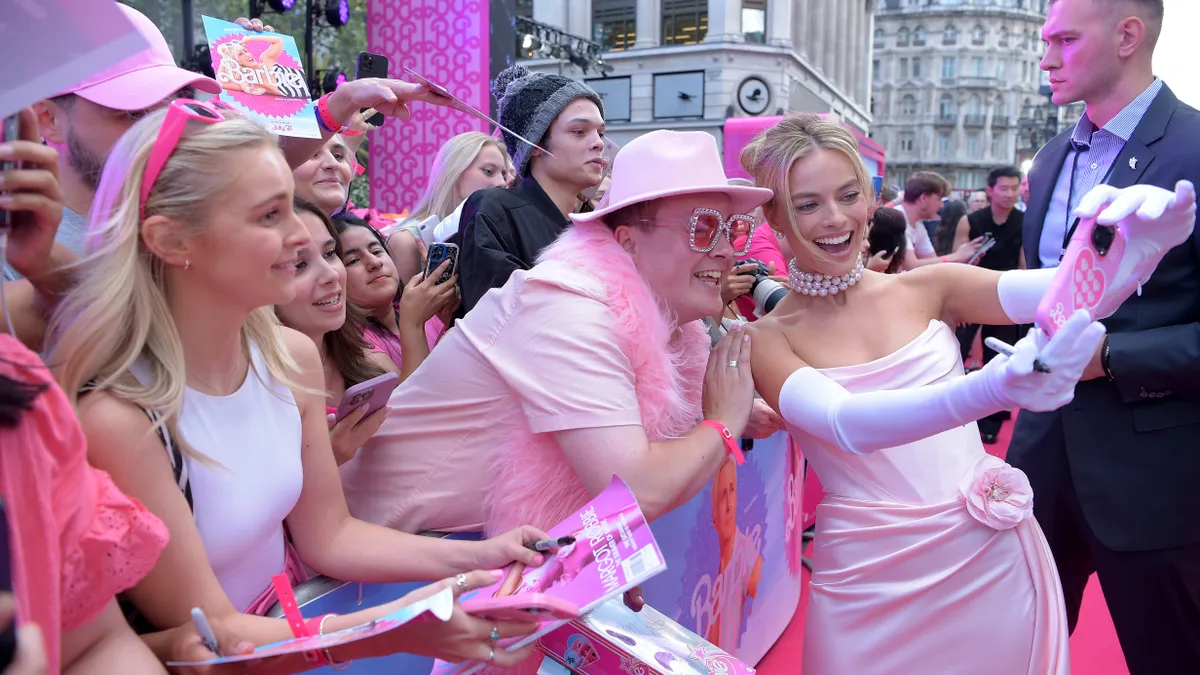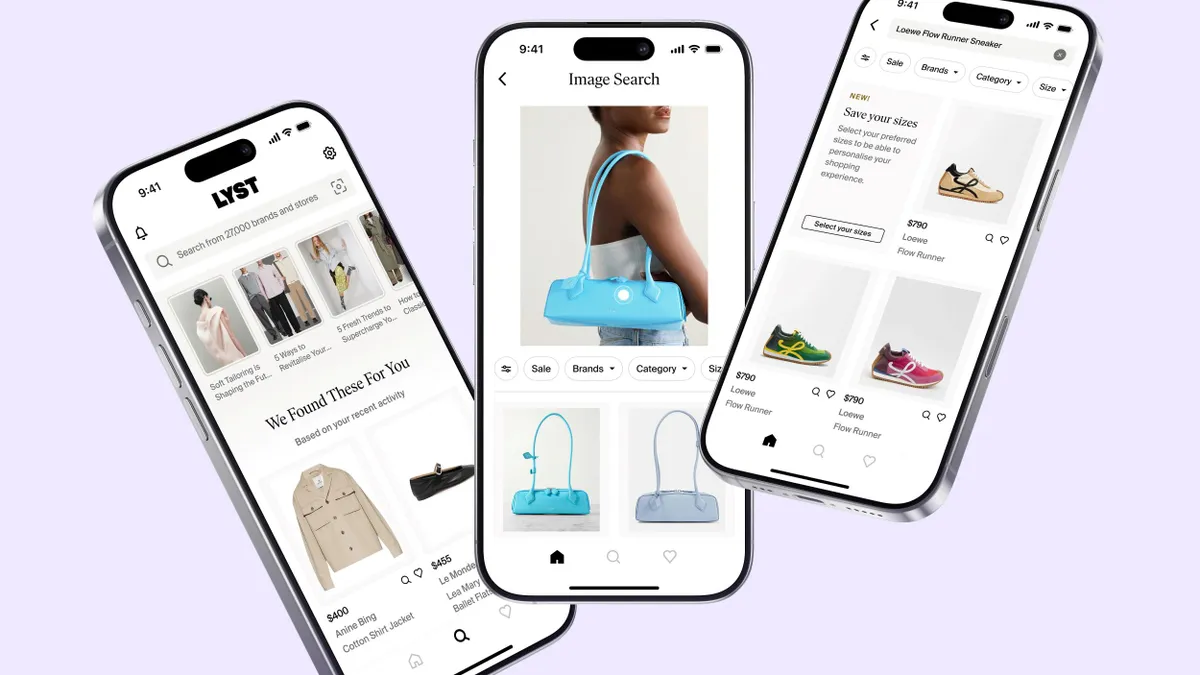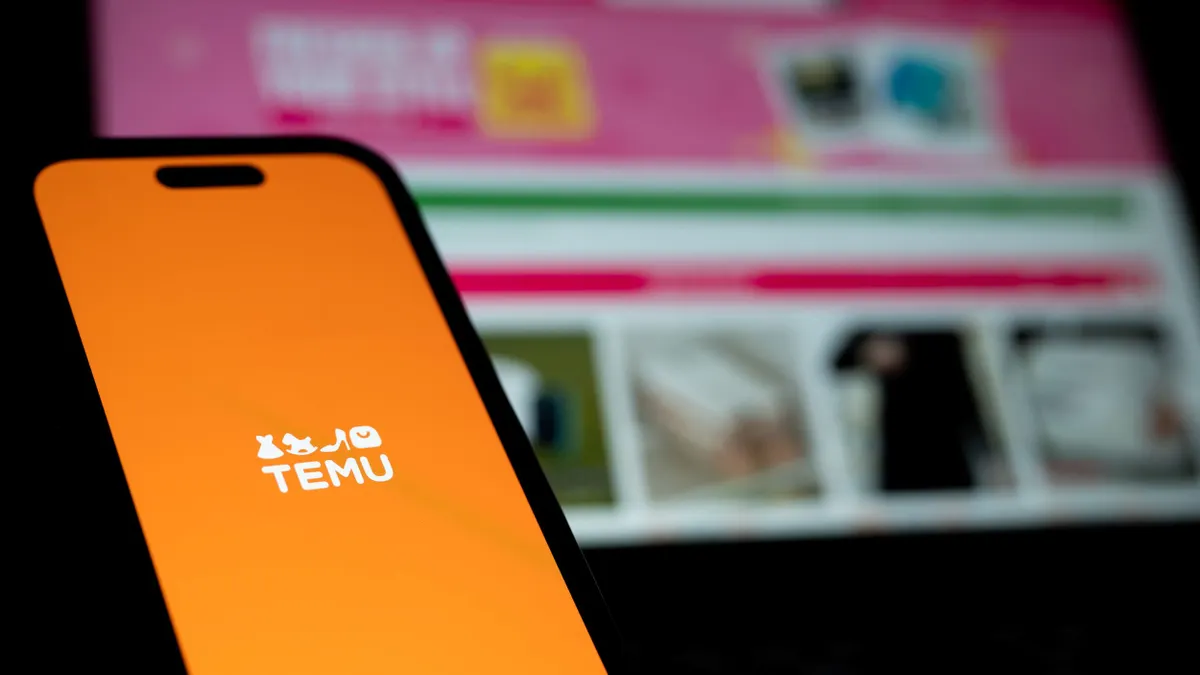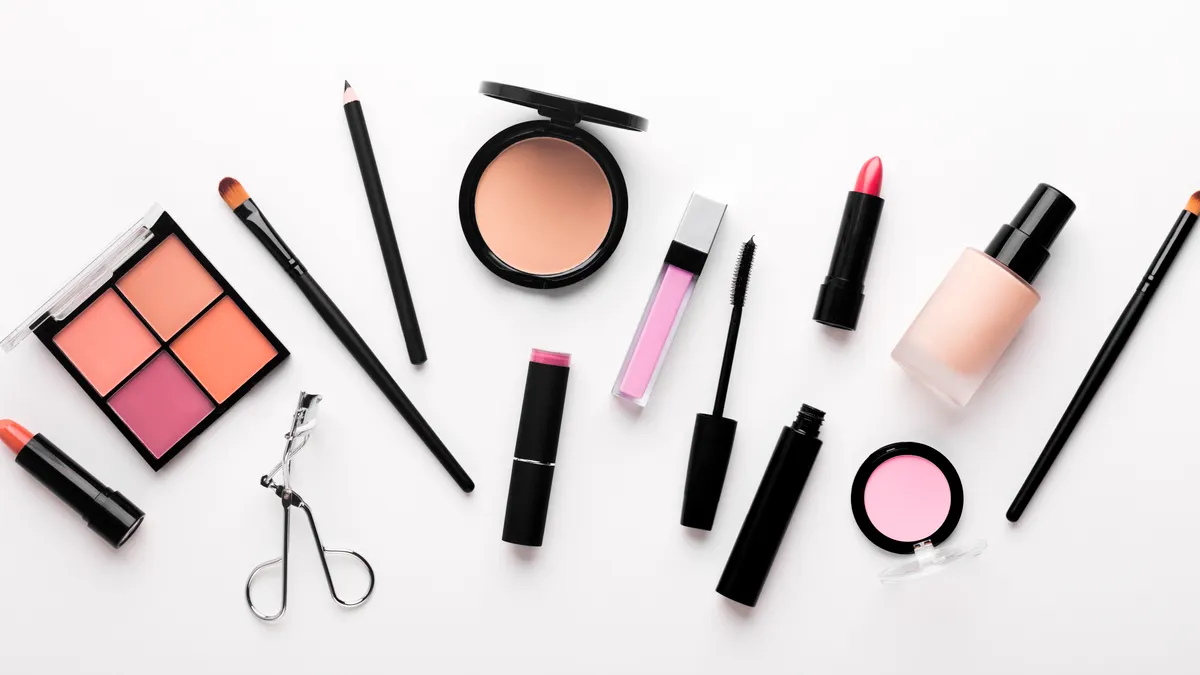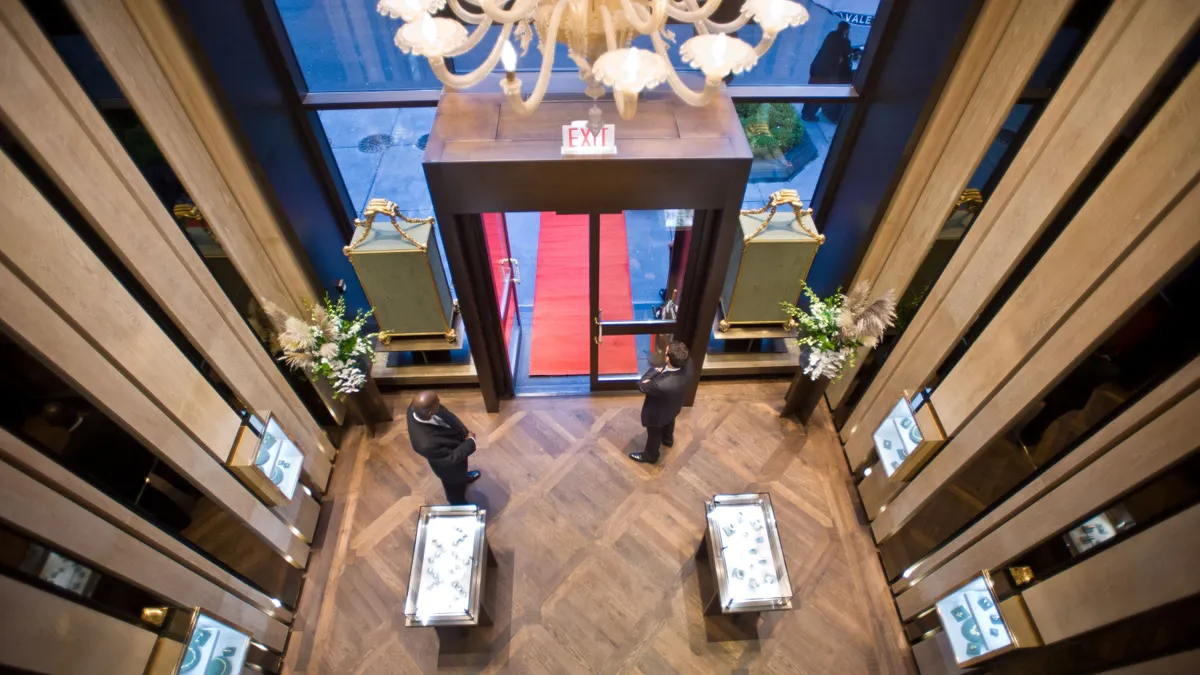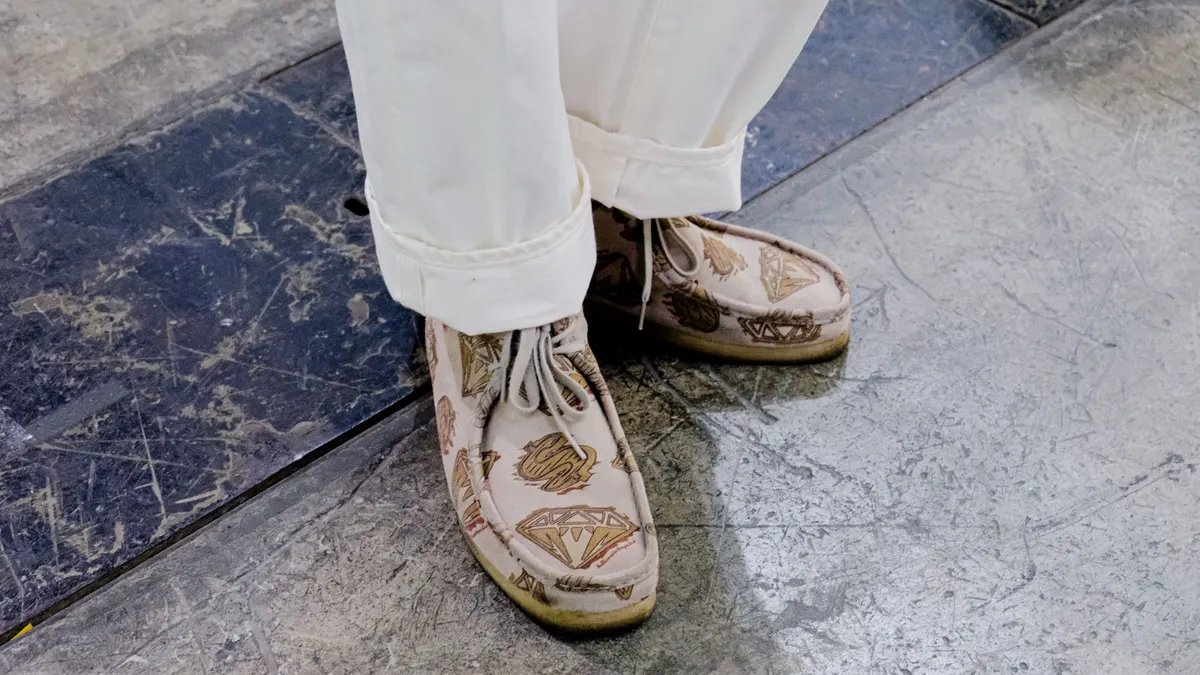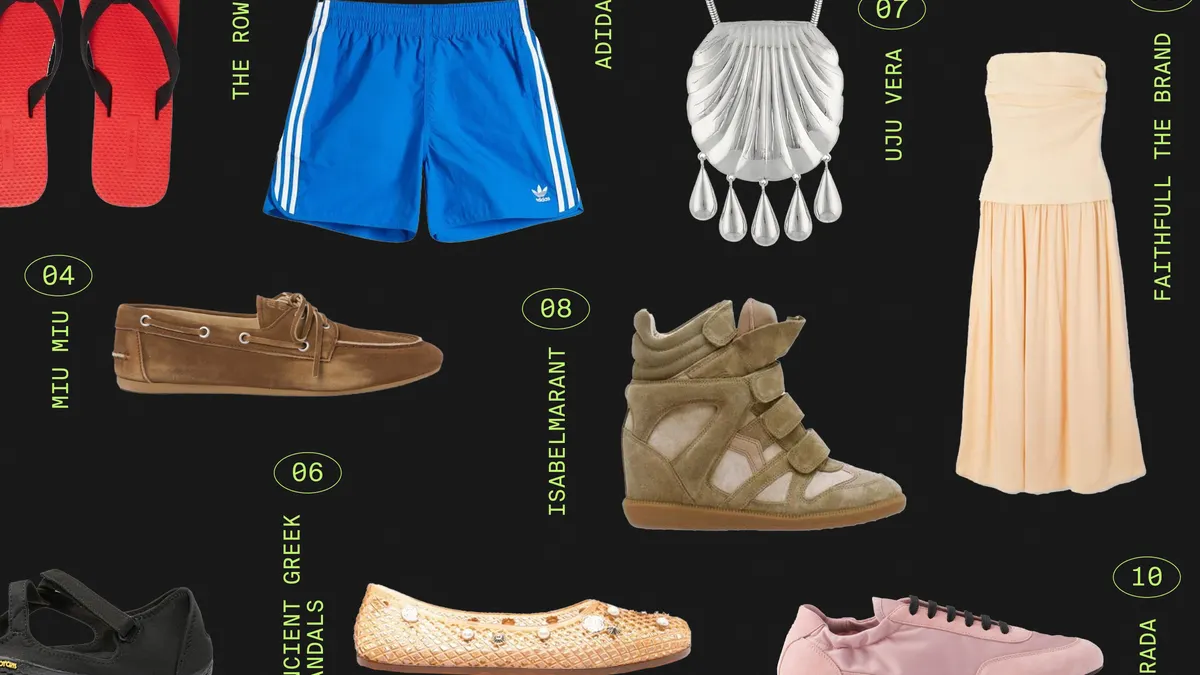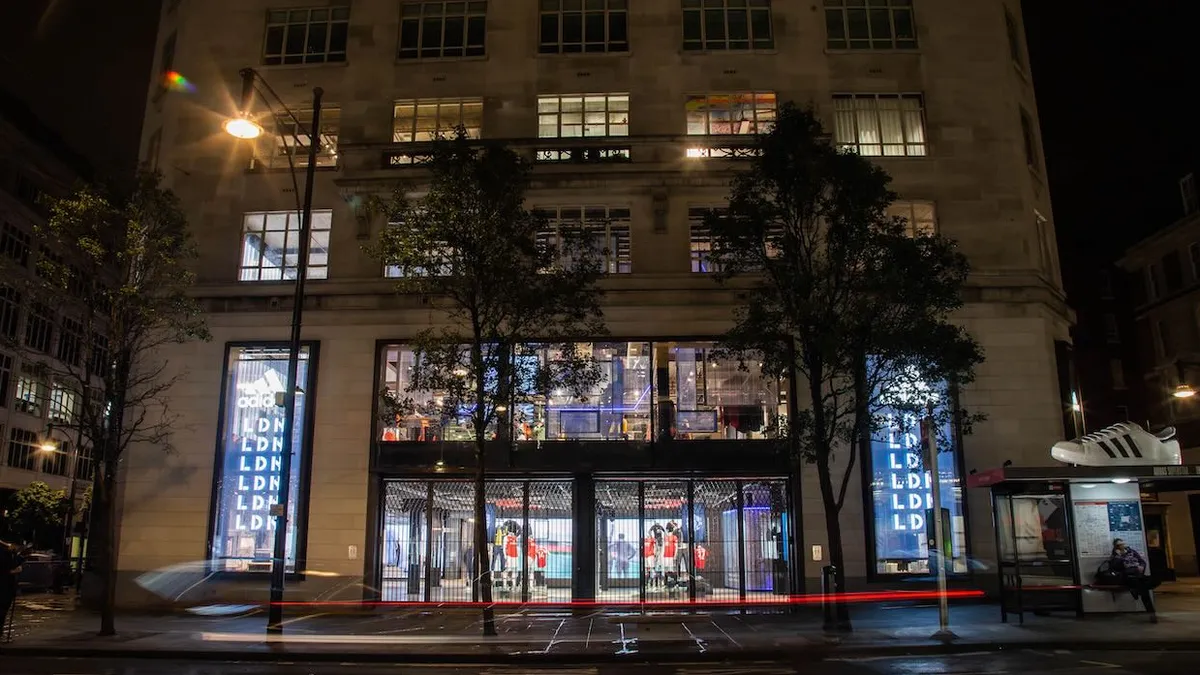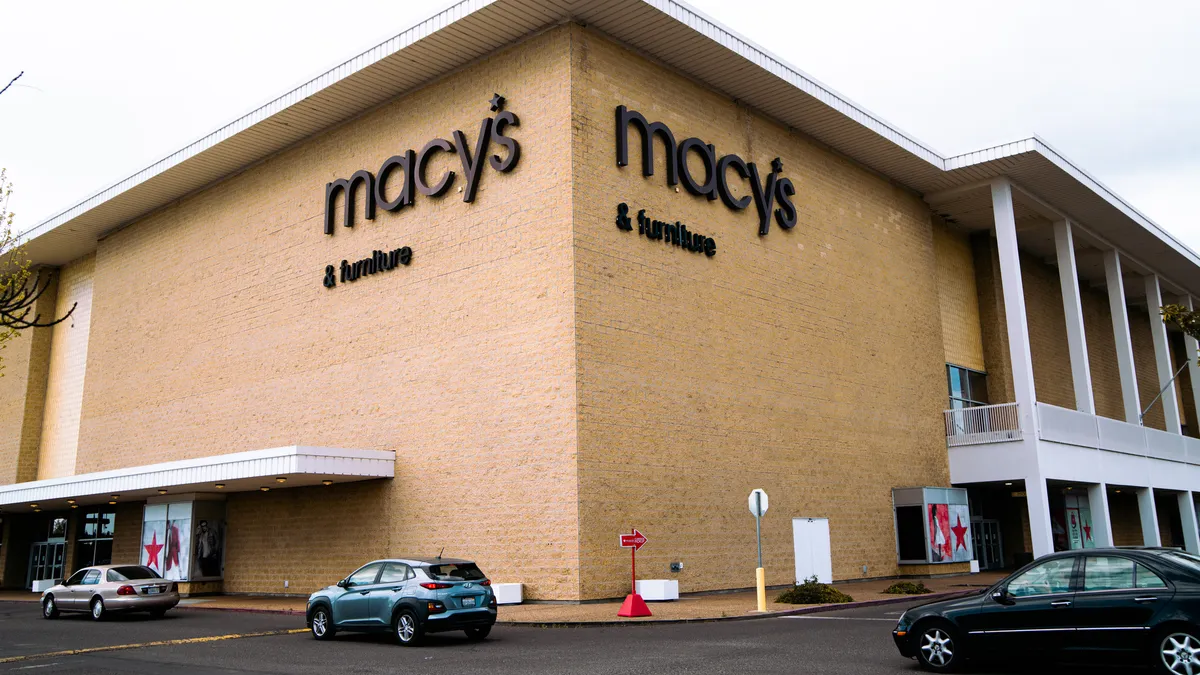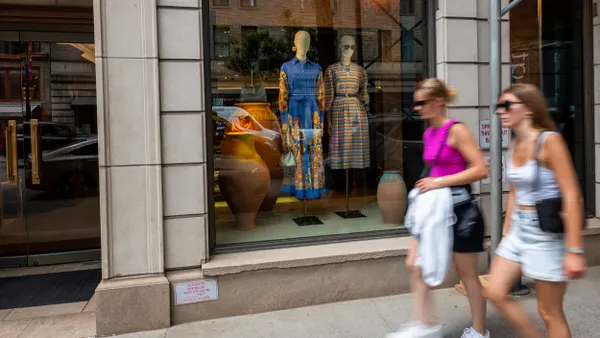When “Barbie” exits movie theaters after a blockbuster summer, the movie may leave more than just hot pink in its wake.
With a reach that extended beyond the cinema, “Barbie” and its rose-colored world seemed to permeate every industry, from fashion to food. It represents a success story many brands would like to duplicate. However, in order to do that, it’s important to understand how it happened, why it connected to customers and whether that kind of magic is possible to recreate.
The film, which netted more than $155 million in its first weekend, seemed to have a marketing strategy which “left no stone unturned,” said Katie Thomas, who leads the Kearney Consumer Institute.
Official Barbie-branded collaborations ranged from cakes and ice cream at Cold Stone Creamery, to a Burger King burger, to a line of Ruggable rugs.
In the fashion space, Barbie owner Mattel also collaborated with Aldo, Gap and Forever 21 on Barbie-themed clothing, accessories and metaverse styles.
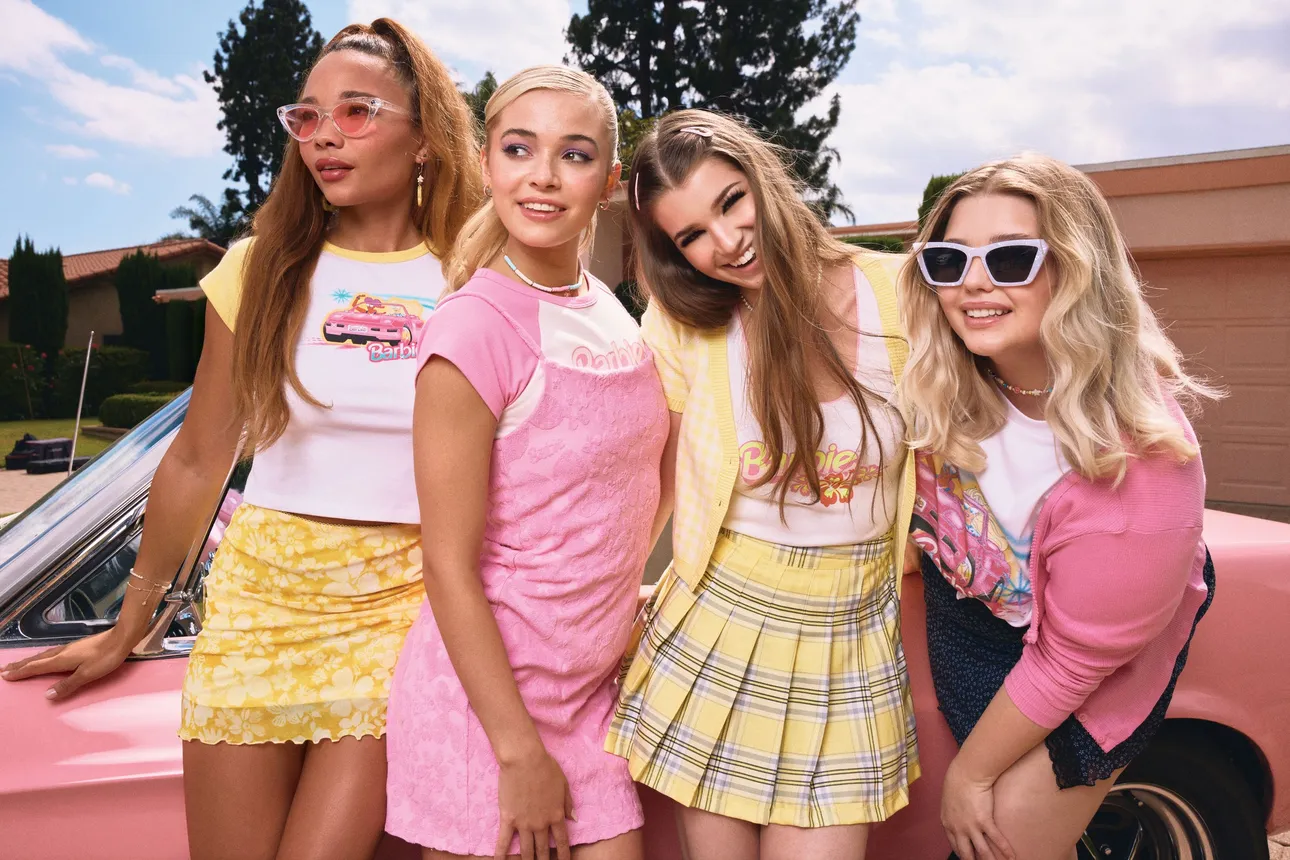
That’s just to name a few. A report from Time estimates the number of brand collaborations and crossovers totaled more than 35 by the time the movie was released.
“It didn’t feel intrusive,” said Wendy Bendoni, an assistant professor of fashion marketing at Woodbury University and a digital culture researcher. “It felt like Barbie is a part of us.”
Those 35 are just the official Barbie-branded collaborations. Many brands have stocked their e-commerce and brick-and-mortar stores with more pink items than normal to keep up with demand.
Searches for “pink jumpsuits” increased 317% from 2022 to 2023, according to data from formalwear marketplace Queenly. Searches for pink cocktail dresses similarly increased 43%, and hot pink saw the biggest increase in search volume compared to other shades of pink, Fashion Dive reported in June.
For Queenly, red and blue dresses are always a top search term, said Trisha Bantigue, CEO. When the pink searches increased, Bantigue knew it was time to increase pink inventory, which it gathers partly through consumers’ secondhand sales and partnerships with small formalwear retailers.
The key to Barbie’s marketing success was that Barbie became an extended version of the self, Bendoni explained, a concept where consumers purchase products to feel like they’re part of a larger conversation. If Barbie’s marketing success were to be replicated, creating the same kind of connection would be crucial, according to Bendoni.
Over the past year, Barbie was — and at the time of this writing, still is — everywhere. The pervasiveness of the marketing campaign speaks to its success, according to industry experts.
Transcending nostalgia
It also helps that the movie is based on a toy that has been beloved by multiple generations of consumers. Nostalgia is one of the most powerful metrics a brand can tap into, Thomas said, and it transcends one-on-one brand interactions.
“Nostalgia is 101 of forecasting,” Bendoni said. “You always want to find something nostalgic that will drive that trend. It’s an emotional behavior, the connection that they feel.”
When “Barbie” leaves movie theaters — which by then is projected to have earned more than $1 billion, per Forbes — fashion industry experts aren’t expecting it to totally disappear.
Bantigue anticipates the Barbie phenomenon will stretch past its theatrical release, especially into Halloween, which often creates a resurgence of trends seen throughout the year.
“Barbie” became available to rent and buy in September, and it will be streamed through streaming platform Max, further extending its shelf life. But holding the film from streaming services as long as the movie’s leaders did was the right choice, Bendoni said.
“Once you bring somebody to a movie, [as opposed to streaming it] now they feel connected,” Bendoni said.
Awards season will also provide longevity for the film, as it may be up for Oscars and Golden Globes. Bendoni anticipates another wave of Barbiecore fashion during awards season, especially because consumers feel invested in this film’s success and feel a sense of loyalty to it.
“Barbiecore is going to remain,” Bendoni said, however, “it’s going to evolve.”
Evolving Barbiecore
Barbiecore itself was an evolution of another TikTok-championed trend, according to Bendoni. It had a leg up on taking off because of Balletcore, which focuses on looks that are feminine and soft with bows and tulle. That trend featured a lot of pink as well, albeit a much softer shade than Barbie’s hot pink.
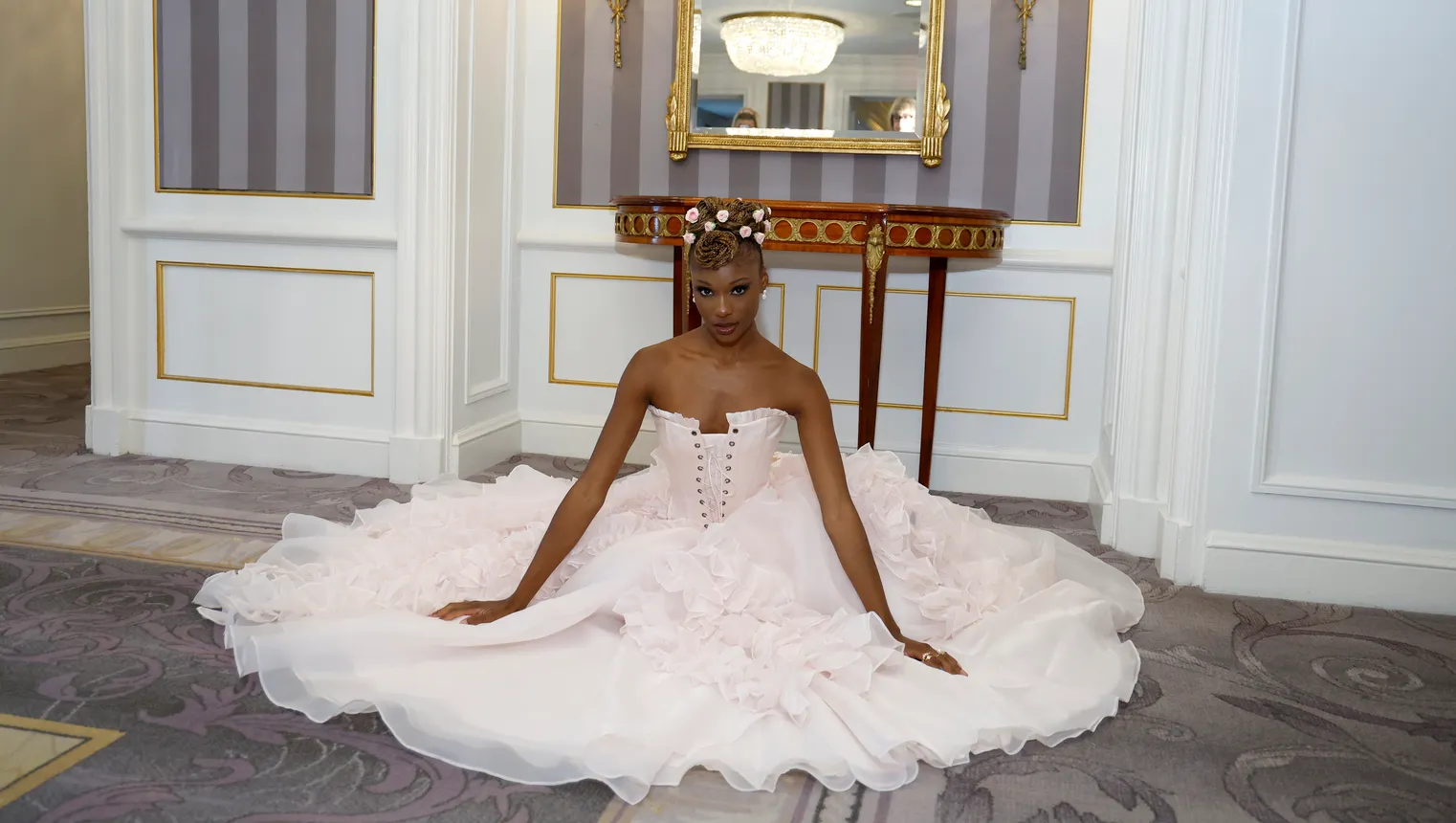
“From a fashion standpoint, the reason I was so on [Barbiecore] is that I knew the consumer was already interested in this type of look,” Bendoni said. “Feminine was already a conversation. If [a trend is] too extreme it will be a harder adoption.”
Even prior to Balletcore, pink was already in the mainstream fashion space after Valentino created its core color shade, Pink PP. The color debuted in the fall-winter 2022 RTW during Paris Fashion Week. Actresses Zendaya and Anne Hathaway wore the color, and musician Kasey Musgraves also made news when she wore a hot pink Moschino gown at the 2019 Met Gala.
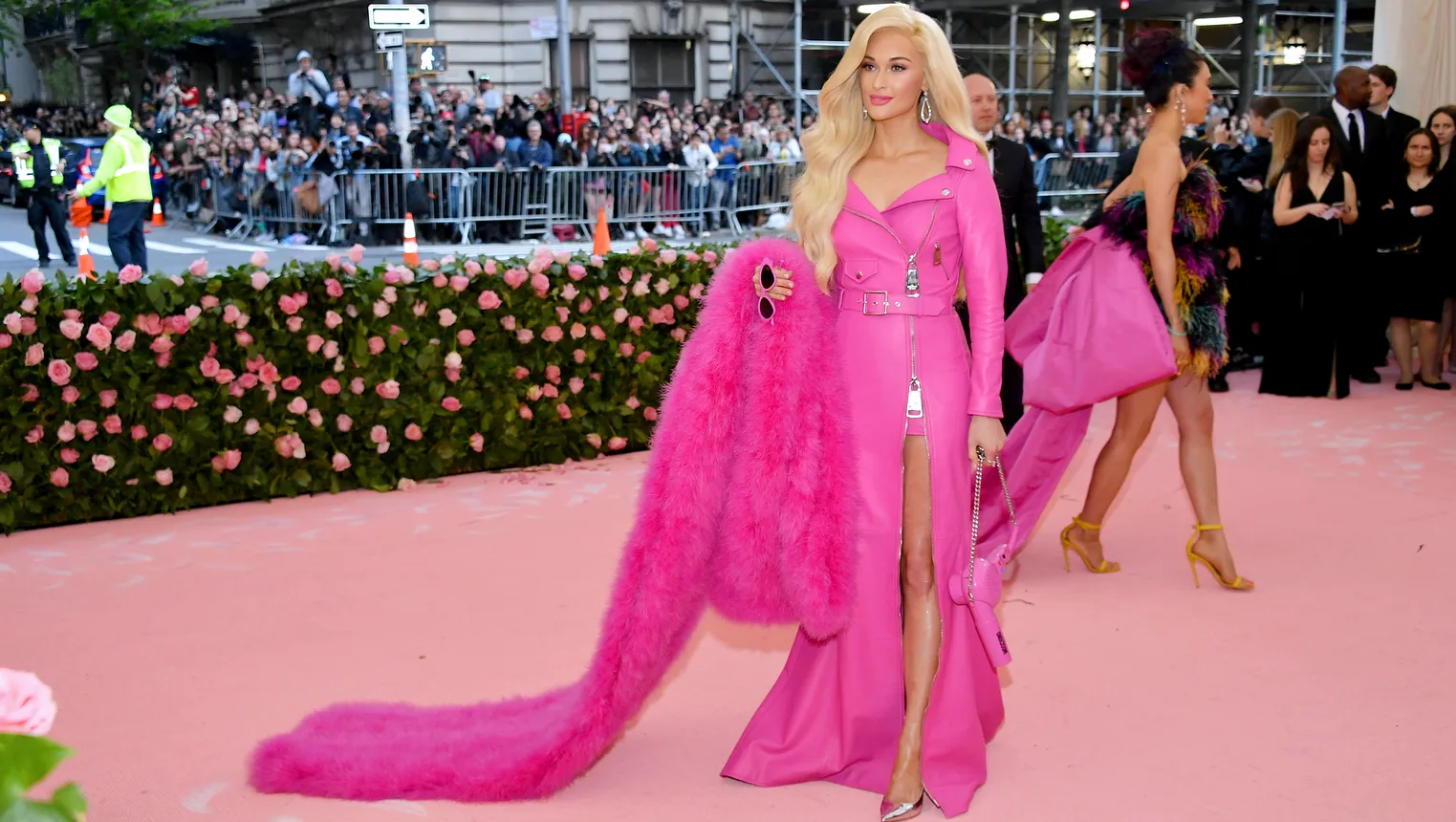
“Part of monitoring a trend is determining how much we need to educate a consumer before they actually adopt it,” Bendoni said. “If it’s not a lot, they’re going to adopt it quicker.”
The pandemic also saw consumers more interested in bright colors, Thomas said. “Fun” or “child-like” fashion which focused on bright colors saw an uptick in 2021.
Bendoni said she has been looking at AI art as a way to predict future color trends. She referenced recent pieces she’s seen have included pastels which could extend to the soft feminine nature of Balletcore, and bright turquoise could be a follow up to Barbiecore’s hot pink.
“We can’t go from bright pinks and then say it’s going to be all nudes,” Bendoni said. “That’s not going to work.”
Accessible branding
Barbie’s partnerships with both big and small brands across categories was crucial to its success, Thomas said, because everyone was able to access it. Its accessibility is what positions the trend to last even longer.
“I’ve been a long believer in the fun of scarcity and limited edition,” Thomas said. “The success of this campaign is making me second guess myself, because it’s really that ubiquitous presence of body that’s made this so successful. You couldn’t really go anywhere [without seeing it]. In a time when we’re just having so much media, so many brands thrown at us from all angles, doing that and being everywhere just ended up being a really smart play.”
The wide range of price points also gave the movie an appeal because product promotions included attainable items at Forever 21 and also touched the luxury category with actress Margot Robbie’s pink outfits at movie premieres.
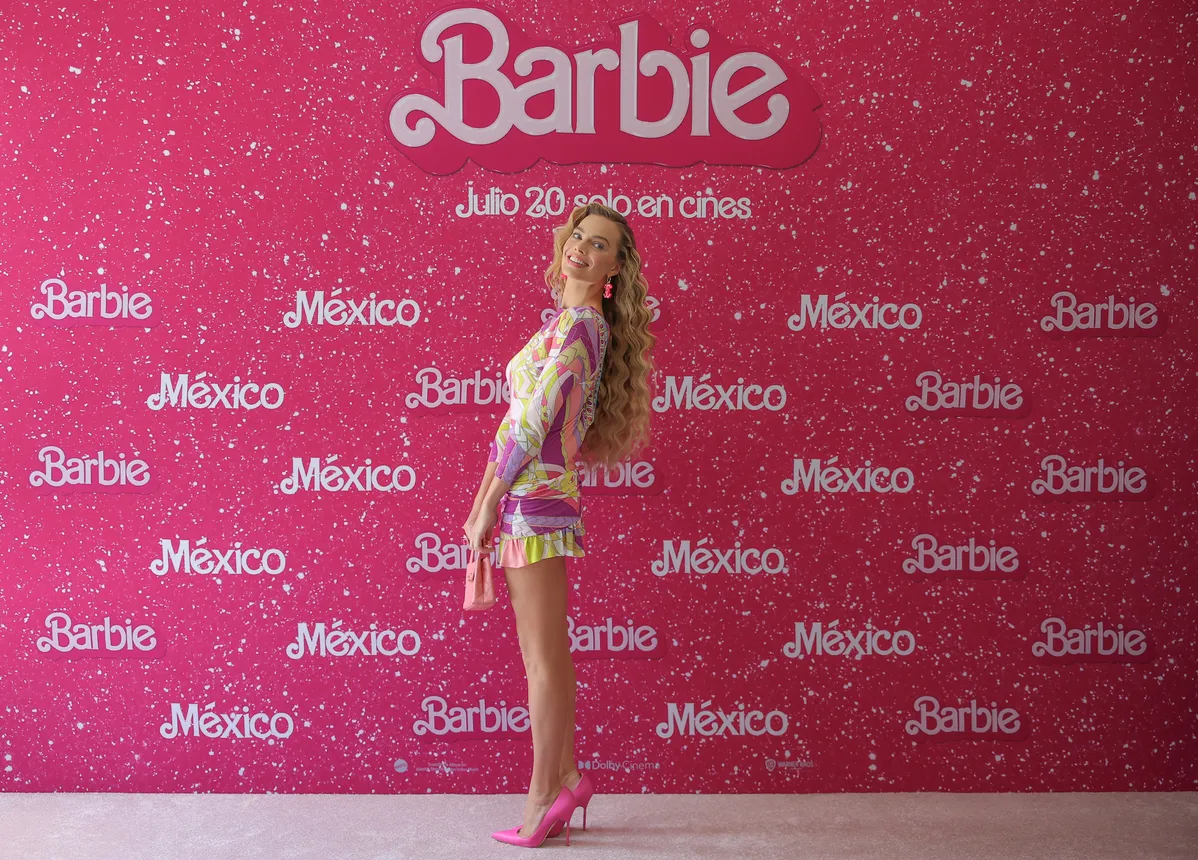
“Mattel was very smart with the way that they determined partnerships because it’s not just your big heavy hitter brands, it’s brands that are across the board in different categories, different sizes,” Thomas said. “…They were able to get the obvious core folks but also get on the radar of consumers who may not have necessarily been thinking much about Barbie.”
This brand pervasiveness is part of Social Containment Theory, Bendoni explained, which is what happens when a trend passes through social networks and influences people to adopt and replicate it, making it top of mind for consumers.
Watching pop culture for the next trend
In the streaming-dominated world, no film has made quite as big of a marketing splash as Barbie. Still, movies and pop culture remain a key determining factor of what’s at the top of a consumer's mind, especially when it comes to how they dress.
“It’s sometimes not as obvious as a Barbie, but it’s always there,” Bendoni said.
She gave the example of the movie “Dune.'' While consumers aren’t likely to seek out a sandsuit, the movie’s color palette could make its way into stores around the time of its release.
Before the massive Barbie uptick, Queenly saw a similar increase in searches for black dresses after the Netflix show “Wednesday,” Bantigue said. Prior to that, it hadn’t gotten many searches for the term “goth.” Netflix series “Bridgerton” similarly increased Queenly’s searches for ballgowns and renaissance style dresses.
“[Trends] are always top of mind, and I think it’s a necessary ingredient to be a relatable and relevant company in today’s society,” Bantigue said. “Trends come and go quickly.”
Bantigue encourages fashion leaders to do research ahead of time so as to not hop onto a trend too late, and if they do choose to adopt a trend, it’s important to have inventory in accessible sizes.
But not all apparel consumers are Barbie consumers, Bendoni said. Quiet luxury, which showcases neutral colors and quality fabrics, is still making waves after Gwenyth Paltrow’s trial clothing and HBO’s “Succession.” Bendoni called this the opposite of Barbie.
It’s not about toys
Some are already hoping that the success of Barbie will translate into success for other toy-themed films. A Polly Pocket movie has already been announced with support from Lena Dunham and Lily Collins, and Mattel also has a movie in the works about Barney, a purple dinosaur.
But thinking Barbie’s success is solely tied to its toy adaptation is a misstep.
"Women-made, women-powered stuff is actually super, super profitable.”

Trisha Bantigue
Queenly CEO and co-founder
Bantigue referenced a Rolling Stone interview where actor Randall Park referenced the “wrong lessons,” the film industry has taken from Barbie’s success.
“For example, Barbie is this massive blockbuster, and the idea is: Make more movies about toys!” Park said in Rolling Stone. “No. Make more movies by and about women!”
Bantigue agreed that Barbie showed that women’s interests are profitable.
“When it comes to DE&I in trends and fashion and Hollywood, [company leaders] always think that it’s less money, less profitable, but I think Barbie kind of showed that no, women-made, women-powered stuff is actually super, super profitable,” Bantigue said. “We’re saving the U.S. economy right now.”
Broadly, the Barbie movie proved the power of women, Thomas said.
“I think it’s a great reminder of how much power women have arguably increasingly having across sectors,” Thomas said.



